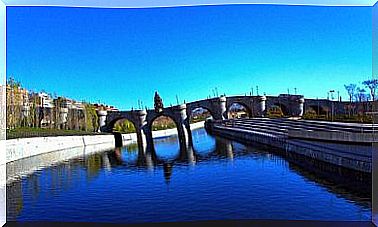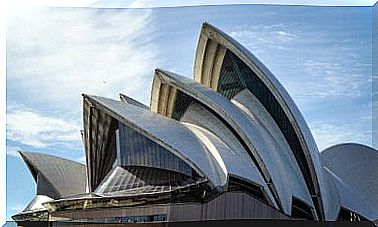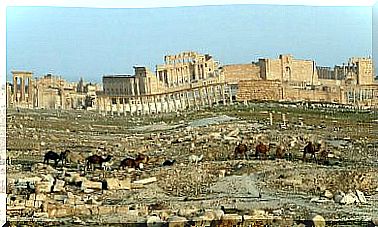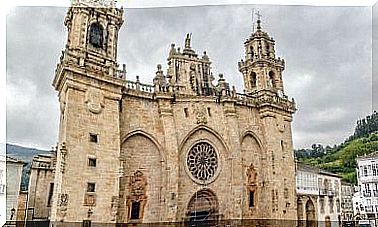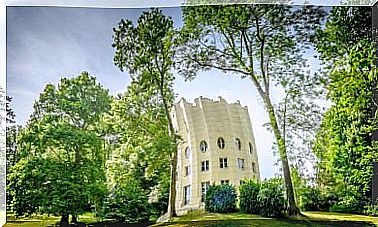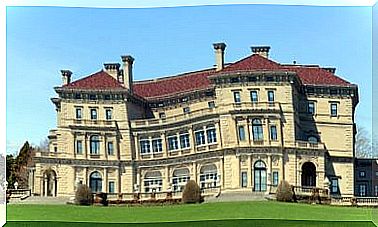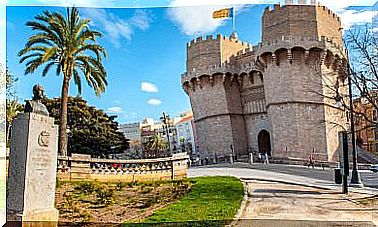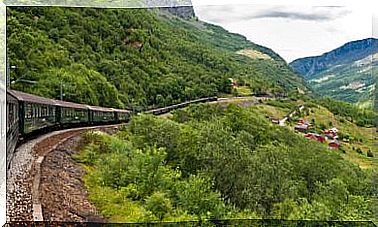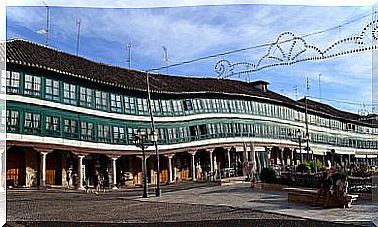Santillana Del Mar, The Town Of The Three Lies
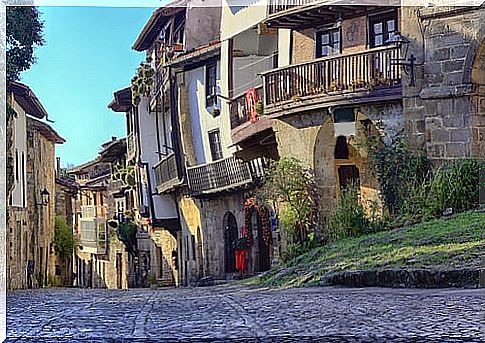
We are talking about Santillana del Mar, but it is not holy … nor flat … nor does it have a sea. That is why she is called a liar! This town, located on the western coast of Cantabria, was declared a Historic-Artistic Site in 1889 and is one of the most visited places in the entire community. Santillana del Mar is a tourist town that will surprise you. Let yourself be captivated by its history and its beauty.
Santillana del Mar, a beautiful town
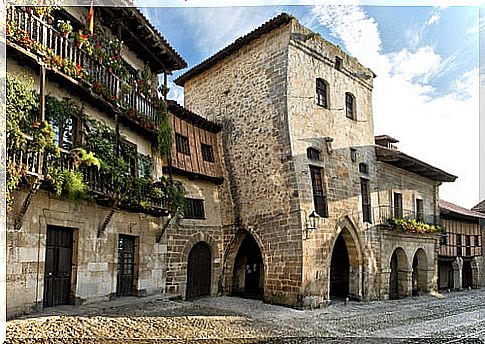
Since 2013 it has been a component of the network of “most beautiful towns in Spain”, and it really deserves it.
This site, which during the Roman conquest was called Planes (clear place between mountains in Latin), was really important throughout history. In 1228 it was baptized as Villa de Sancta Illana, which would later become Santayllana and finally Santillana. “Del Mar” is attached to it due to its proximity to the Cantabrian Sea.
The High Middle Ages was the one that gave all its importance and distinction to Santillana del Mar. The foundation is associated with the monks and the Abbey of Santa Juliana. It obtained privileges from different kings and the development of the town, with its Plaza Mayor, which dates from the 13th century.
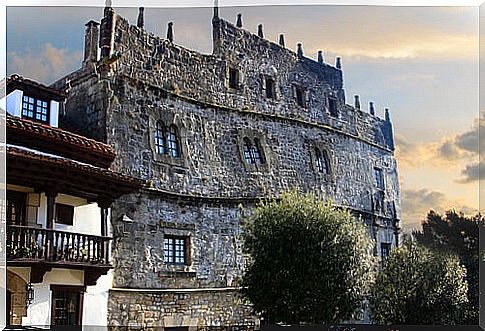
Most of the houses that we can see today were built between the 16th and 17th centuries and follow the same typology: two floors, open front and rear spaces, corral, balconies and coats of arms. The essence of Santillana is baroque. On the outskirts of the town are the religious buildings (convents, hospitals and collegiate church).
Santillana del Mar, between caves and convents
If we talk about this town, without a doubt, we must name the beautiful Altamira caves, the “Sistine Chapel” of rock art, which were discovered in 1868 and are about 14,000 years old. They are located 2 kilometers from Santillana.
If we go towards the sea we can enjoy some quiet beaches : Ubiarco and Santa Justa.
But beyond the caves and the beaches, we can find other important places during our stay. One of them is the collegiate church of Santa Juliana (former monastery), with a beautiful 12th century cloister. It was built on an old hermitage and has three apses, three naves and a transept. A triangular pediment and a gallery of 15 arches with 3 cylindrical towers form a beautiful architectural ensemble.
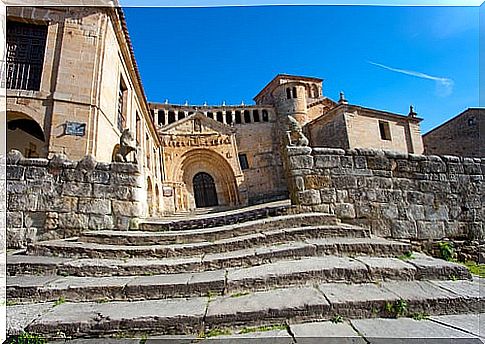
The Don Borja and Merino towers are the oldest civil constructions and can be reached by walking through the cobbled streets. Very close to there are the houses of Águila, Parra (now an exhibition hall) and Leonor de La Vega; also the Tagle, Villa and Barreda palaces and several museums walking along Cantón Street.
The street of Santo Domingo leads to the Plaza de Ramón y Pelayo (the main one in Santillana) in a triangular shape with the town hall, the Barreda-Bracho house from the 18th century and noble and lineage dwellings from the Middle Ages.
The Heritage of Santillana del Mar
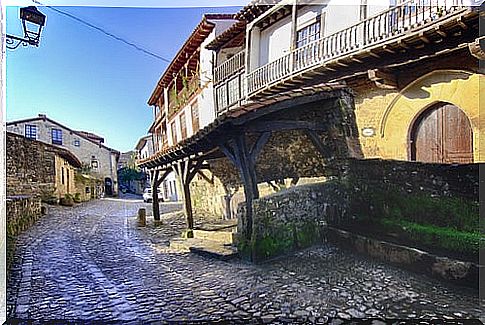
As if everything that we have told you that you can discover on your way through this beautiful town was not enough, keep in mind that you will be within a renowned historical-artistic complex with many wonderful corners. Among the buildings highlighted by this honorable distinction we find:
- Palacio Valdivieso (current Altamira hotel), which dates back to 1710 and has a coat of arms on the corner.
- Velarde Palace (or de las Arenas) in the Plaza de Armas, Gothic in style and whose construction dates from the 15th century.
- Collegiate Church of Santa Juliana, which follows the Romanesque model of the Camino de Santiago.
- Houses of the Quevedo and Cossío family (from the seventeenth and eighteenth centuries) that form a single house for their square.
- House of the Archduchess, from the 17th century.
- Casa de los Hombrones, 15th century.
- House of Leonor de la Vega, the mother of the first Marquis of Santillana.
- Torre del Merino (or Torrona), in the market square and from the 15th century.
- Torre de Don Borja (today Fundación Santillana) restored in the 15th century.
- Barreda-Bracho Palace (current Parador Nacional Gil Blas).
- Town Hall, a baroque palace with an iron balcony.
- Regina Coeli Diocesan Museum (Dominican convent) and with a Renaissance building.
Just by reading this list you can already get an idea of everything you will find in Santillana del Mar, which although it has misled us with its name, we can give it a try and visit it.

